Today DJI has officially launched its new action camera called the “Osmo Action”. I usually wait for 15 to 30 days before I make a full review video as I like a good amount of time to use a product before I give my thoughts. Even though the DJI Osmo Action was just launched today I am able to write a full review because I was able to get my hand on one and have been using it for quite some time and I can say I am truly impressed. If you don’t feel like reading my review I have a video version below you can watch. After you can scroll to the bottom of the page for photos of the Osmo Action and some of its accessories. The price of the DJI Osmo Action is competitively priced at $349.
DJI Osmo Action: http://bit.ly/2W2abJE
DJI Osmo Action Key Features
- Resolution: The DJI Osmo Action is capable of shooting resolutions of 4K 60FPS all the way down to 1080 and 720 at 240FPS It has a 1/2.3” CMOS Effective pixels: 12M. The ISO range for both photos and video are 100 -3200. The max resolution for photos is 3000 x 4000. In video mode, you have the option to set the aspect ratio either 4:3 or 16:9. In photo mode, you can shoot photos in 4:3 or 16:9 as well.
- RockSteady: DJI is calling its electronic image stabilization RockSteady and it is quite good. This image stabilization eliminates the need for a gimbal for everyday use however in low light situations don’t expect the image to be quite as stable. EIS does not offer the same stabilization as using a mechanical gimbal but for the most part, it works well and eliminates the need to carry extra gear around with you. Rock steady is available when shooting in 4K30 but not available when shooting in 4K60, of course, it works in lower resolutions as well. RockSteady can easily be toggled on and off in the menu.
- Dual Screens: This is HUGE and I can only assume the competition will soon follow. In the past vlogging or composing a selfie shot could be challenging because you could not really see what you are filming. With DJI’s new front screen on the Osmo Action, this is no longer a problem. It has a 2.5″ touchscreen on the back and a 1.4″ screen on the front. The perfect size to help you compose and line up your shot.
- 4K HDR Video: The DJI Osmo Action can shoot 4k HDR video to help you capture more dynamic range in your shots. Shooting in this mode helps bring out more detail when filming in complex lighting environments. Just note that RockSteady is not supported in this mode.
- Bracketed Photos for HDR: With the DJI Osmo Action you now have the ability to easily capture bracketed photos if you are a fan of HDR photo editing. In the settings, you have the option to set the exposure values, you are able to capture a 3 bracketed photo set or a 5 bracketed photo set.
- DeWarp (No Fisheye): This is a nice feature that DJI has added to the Osmo Action. One complaint that many people have with the GoPro Hero lineup is the distorted fisheye look of the videos and photos. Even when shooting in linear it is still quite prevalent. DJI has implemented a feature called DeWarp into the camera that eliminates that fisheye and distortion entirely (watch my video for a demonstration). When you enable dewarp you do lose a little FOV but it is minimal. For those who like the fisheye look, you can disable it via the camera settings menu.
DJI Osmo Action Physical Appearance and First Impressions.
When I first received my Osmo Action I was quite impressed with its overall design, it’s quite sharp. Although how it looks is not as important as how it performs, it can still be a deciding factor for many and really it is a great looking camera. You can tell that DJI put a lot of care and attention when designing and developing this new action camera.
The camera features two buttons on the top and one on the side, it has a rounded removable lens that protects the 145° FOV f/2.8 lens underneath. This protective lens can be removed in order to attach ND filters and possibly other lenses down the road. One thing that stands out right away is the ease at which this lens cover comes off when you want to throw on an ND filter or you need to replace it because it has been scratched. Have you tried attaching ND filters to the competition…not an easy task! Being able to change the lenses easily when out in the field can be very important. But the most notable thing when you look at this new camera from DJI is the Osmo Action has two screens a 1.4″ screen on the front and a 2.25″ screen on the back. This dual screen setup really makes composing shots easy, and not to mention those who will be using this camera for vlogging will definitely benefit. You can now easily line up your shots when vlogging or taking selfies. There is a USB-C port on the side of the camera under the removable door, this is where the memory card is located as well. I have noted however the memory card can be quite difficult to get in and out, but that does seem to be a common problem with many devices that use Micro SD Cards. Speaking of Micro SD Cards, for those who are interested, the DJI Osmo Action supports Micro SD Cards up to 256 GB in size.
When it comes to the performance and functionality of the camera the Osmo Action can compete and even outperform some of the top action cameras on the market today. That is a pretty bold statement, but definitely true. When it comes to raw specs the DJI Osmo Action and the GoPro Hero 7 Black are pretty similar, however, the Osmo Action brings many new features to the table and in my opinion has given it the edge over the GoPro Hero 7 Black.
DJI Osmo Action Video, Photo & Audio Quality
DJI is not new to imaging they have perfected their craft over many years being in the aerial photography business. A few years back they released their first handheld camera the Osmo series and this past December they launched the Osmo Pocket. DJI has taken its years of experience and applied it to the Osmo Action. It’s no surprise that with its new venture into the action camera market they are able to compete directly with GoPro right out of the gate. When filming in full auto mode the Osmo Action is able to capture beautiful, crisp, vivid videos and photos, if you want to fine-tune things yourself you have the option to shoot in manual mode and even the flat color profile d-cinelike. This allows you to do your own grading later on in post if you wish. But for those who want to shoot and go, the Osmo Action will not disappoint. I find the colors to be natural and not over saturated. As for audio, I would have to say it is decent and very acceptable, I really have no complaints. You can hear an audio sample of it in my video review. The thing you have to remember is you will never get studio quality audio out of a small camera with built-in microphones. What you do want however is audio that is clean and usable when editing and the DJI Osmo Action definitely delivers this. As for using an external microphone with the Osmo Action that is still unclear at this point. I have tested several USB-C to 3.5mm audio adapters and none have worked including the microphone adapter that is available for the Osmo Pocket. I would assume that DJI will be developing a microphone adapter as some point, we may not see it on launch day, we will just have to wait and see.
DJI Osmo Action Menu
DJI has done a great job at developing a clean and easy to use menu system for the Osmo Action. Once you start using it, it will feel comfortable to you right away. Swiping down from the top brings up your global setting and allows you to perform many simple tasks. Swiping up from the bottom allows you to change resolution, frame rate, and aspect ratio when in video mode. When in photo mode it allows you to also change aspect ratio, as well as set timers or intervals when filming a time-lapse. A swipe in from the right brings up a menu where you can toggle on/off features like dewarp, color profiles, white balance and more importantly set all your manual settings. A swipe in from the left brings up all your recorded media for playback. A very simple but intuitive interface. Simplicity is important when out in the field and you need to change a few setting quickly.
DJI Osmo Action Bracketed HDR Photos
This personally is my favorite new feature of the DJI Osmo Action and is a feature I have been wanting GoPro to introduce to the Hero lineup. On a GoPro, you can capture HDR photos however all the processing is done in camera and does not give the user an option to save the bracketed photos so they can manually edit them later. If your not sure what a bracketed photo set is, in simple terms, it’s were you capture 3 images all with different exposure values usually a normally exposed image, an underexposed image, and an overexposed image. You then merge these photos in HDR processing software such as Photomatix by HDRSoft. The DJI Osmo Action has this feature available in the photo menu and allows you to take a 3 bracketed photo set or a 5 bracketed photo set.

DJI Osmo Action 8x Slow Motion
When it comes to creating slow-motion shots on you DJI Osmo Action there are two ways to do it. The first method is the most common way when shooting slow motion on an action camera an that is to set your own frame rates via the menu. If you shoot at 60 frames per second you can slow your footage down by half while still maintaining a nice smooth video. If you want even slower footage you can set your framerate to 240FPS, however, at this frame rate your max resolution can only be filmed in 1080p. Just like the Osmo Pocket, DJI has added a dedicated slow-motion shooting mode under the video tab. It allows you to go in and shoot in 8x slow motion. This is a quick and easy way to capture fluid slow-motion video and makes it easier for those who are new to editing and not quite sure how to slow high frame rate footage down while editing. You can see a sample of the Osmo Actions slow motion capabilities in my video review.
DJI Osmo Action Battery
The Osmo Action contains a removable 1300 mAh battery that can operate in temperatures from -10 C all the way up to 40 C. According to DJI, you can expect 64 minutes of shooting at 4K60 and upwards of 110 minutes shooting at 1080. In my testing, I have found this to be fairly accurate. Now DJI has taken a bit of a different approach to the battery, they have built-in part of the outer shell of the camera onto the battery and it is not located behind a door like they traditionally are. There are two separate latches that need to be clicked to remove the battery. One nice feature they have added is orange coloring under the latch, a nice visual way to know if the battery is secure and you have a watertight seal. One benefit to this design is every time you purchase a new battery you get a new seal, as the seals are built into the battery. This could potentially add longevity to the camera as these waterproof seals can break down over time. Upon launch of the Osmo Action, you will be able to purchase spare batteries on the DJI website, personally myself I find 3 batteries to be the sweet spot. You can charge the Osmo Action directly by plugging it into any USB charging brick (not included) with the provided USB-C cable. You can also charge the batteries independently with the optional 3 battery charging hub that DJI will be selling. Just like the Osmo Pocket, you can charge the Osmo Action with a power bank, even while recording, perfect for those long extended time-lapses or moto-vloggers.
Who Is The Osmo Action Geared For?
The answer to that question, in my opinion, is everyone. When it comes to action cameras such as the Osmo Action there are many types of individuals that use them. Traditionally they were most popular with athletes and those who were into extreme sports and wanted to capture some epic shots. But these action cameras go way beyond that now due to their capabilities, features, small size and ease of use. Not only are they good for sports shots, but they are also the perfect camera for travel, vlogging, family vacations, beach days, adventuring and so on. I even know a few YouTube creators that use action cameras to film all their videos for their cooking channel. These cameras are small, easy to use, waterproof and built tough. This makes the Osmo Action the perfect camera for many activities and not just jumping off cliffs. I gave up my DSLR years ago and only film and capture with these amazing little cameras (and sometimes my Mavic 2 Pro) when I travel or I am out adventuring with friends or my family. Cameras such as the Osmo Action are perfect for any individual or lifestyle.
My Thoughts On The New DJI Osmo Action.
I am not a fanboy of any particular brand or company, I just like products that are affordable, are easy to use and work well. I am glad that DJI has entered the action camera market. GoPro has some real competition now and in the end, it will be the consumer that wins. Healthy competition keeps prices competitive and drives innovation as companies compete to get the edge and deliver new technology first. DJI has brought many new features to the table and I am excited to see what new feature they add down the road via firmware updates as DJI has always been good at making great products even better with updates.
As for what Action camera is better the GoPro Hero 7 Black or the DJI Osmo Action that is a really difficult question to answer. They are both great cameras but I think at this point DJI has the edge over GoPro when it comes to features, and good ones at that. If I had to recommend one right now I would have to go with the DJI Osmo Action, it is your better buy.
Now with all that said, going forward, I would love to see a 1-inch sensor in an action camera. I wonder who will get there first GoPro or DJI
DJI Osmo Action: http://bit.ly/osmoactioncamera
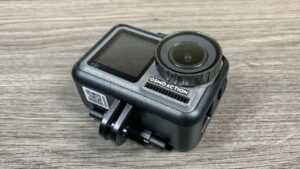
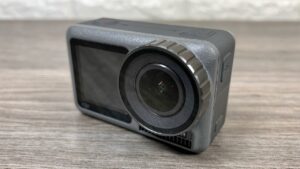
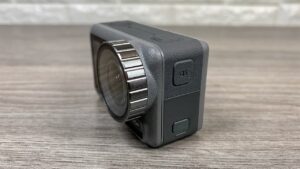
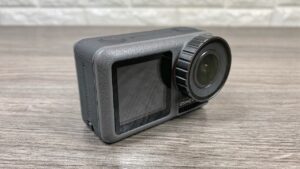
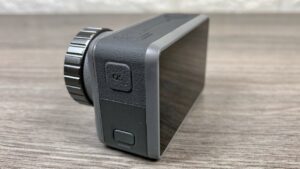
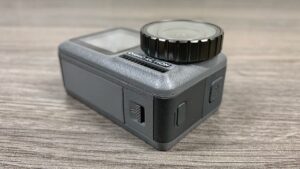

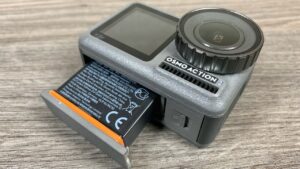
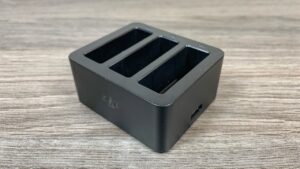
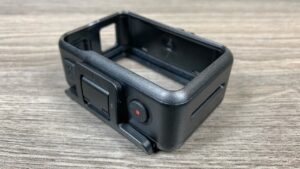
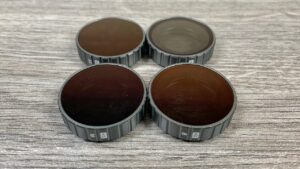
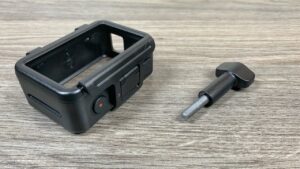
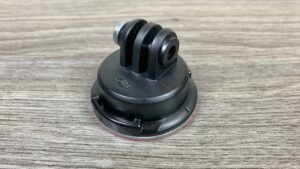
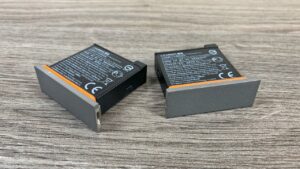
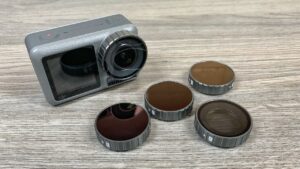
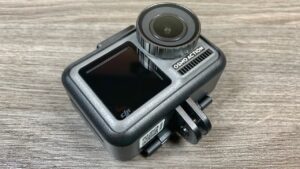
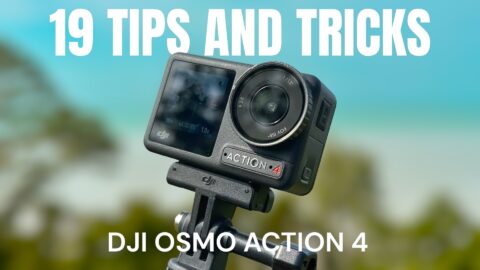
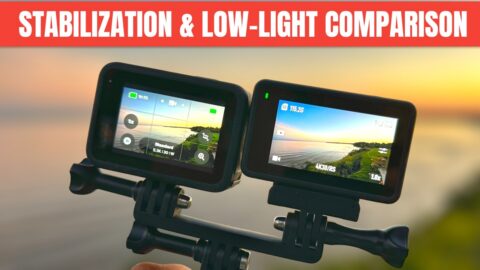
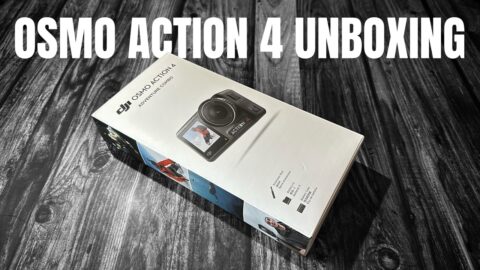
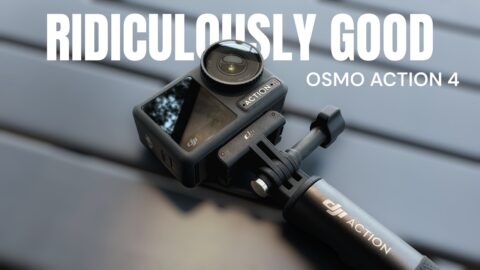

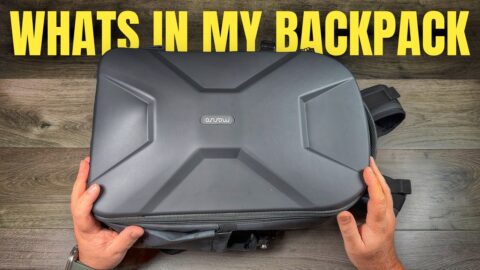
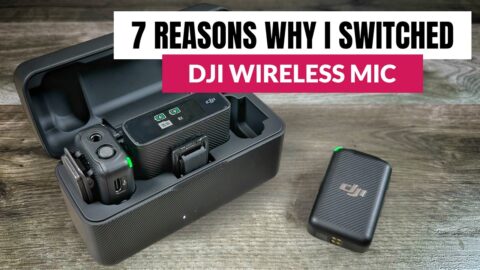
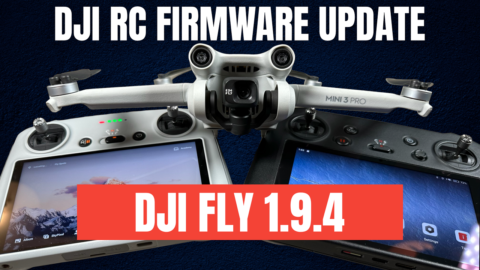
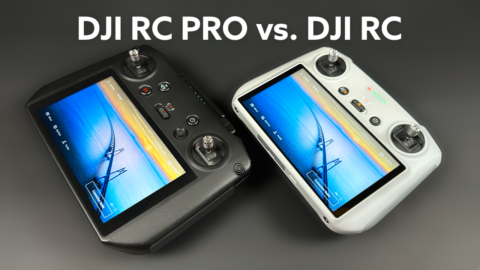
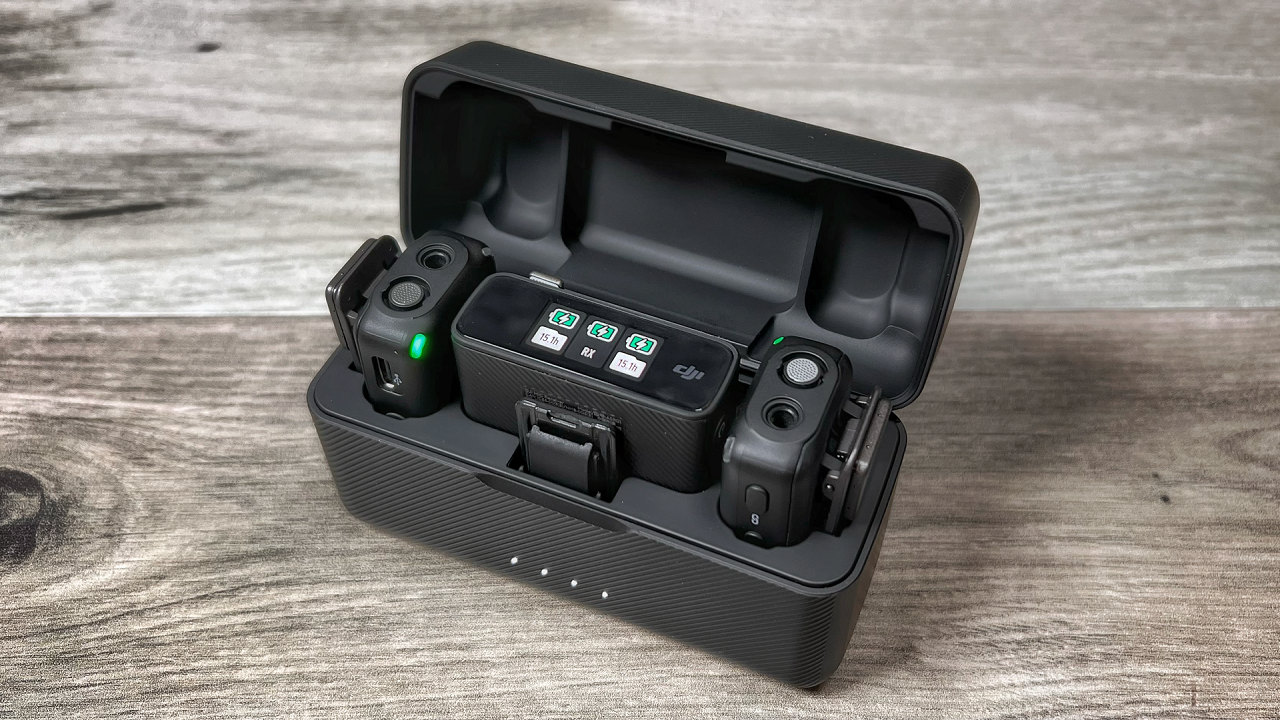
Comments are closed.